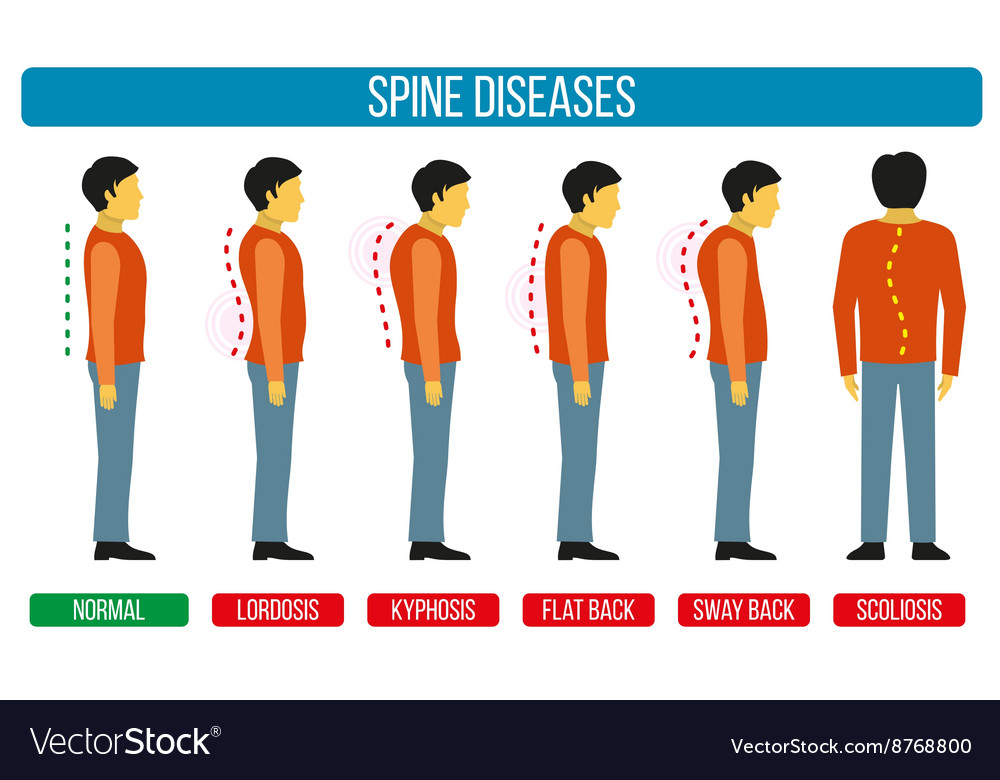Just When You Believe Alleviation Is Near, Soft Tissue Therapy Discloses Its Unpleasant Facts-- Find Why The Process Can Be Excruciating Yet Beneficial
Just When You Believe Alleviation Is Near, Soft Tissue Therapy Discloses Its Unpleasant Facts-- Find Why The Process Can Be Excruciating Yet Beneficial
Blog Article
Team Author-Carstens Conradsen
When you undertake soft Tissue treatment, you could discover it surprisingly unpleasant. This pain occurs as stress is applied to strained muscles and damaged tissues, triggering your discomfort receptors. While it can really feel stressful in the moment, there's a reason behind this experience. Recognizing what takes https://brooksyofvl.mdkblog.com/38869831/a-sporting-activities-massage-can-minimize-muscular-tissue-pain-and-boost-recovery-but-what-one-of-a-kind-strategies-make-it-a-game-changer-for-athletes-discover-the-answers-inside in your body during these therapies can aid you value the process. So, exactly what is going on below the surface?
The Physiology of Discomfort Throughout Soft Tissue Therapy
When you undertake soft Tissue therapy, your body's reaction to pain is a complicated interaction of physiological procedures. As the specialist uses stress, your body activates pain receptors, sending signals to your mind. This causes the launch of neurotransmitters, such as substance P and glutamate, which intensify the experience of pain.
Your muscle mass may also tense up in response, further complicating the experience. In addition, your body might release endorphins, all-natural pain relievers that can assist ease some discomfort.
The interaction between these processes can create an unique experience for each individual. Understanding this physiological action assists you navigate the experiences throughout therapy, enabling you to appreciate the equilibrium in between pain and the capacity for recovery advantages.
The Duty of Discomfort in the Recovery Process
Although discomfort throughout soft Tissue therapy can really feel frustrating, it plays a vital role in the recovery process. When visit the next site experience pain, your body is signifying that it's working to repair damaged tissues. This reaction aids increase blood flow to the affected area, providing crucial nutrients and oxygen needed for healing.
Furthermore, pain can promote the release of endorphins, your body's natural pain relievers, producing a sense of relief post-treatment. Accepting this pain can assist you understand your body's limitations and encourage you to address underlying concerns.
While it's uneasy currently, this process is essential for lasting recuperation and boosted function. Recognizing pain as an essential part of healing can encourage you to remain committed to your therapy.
Tips for Handling Discomfort Throughout and After Treatment
Managing pain during and after soft Tissue therapy can considerably boost your general experience and healing.
To start, connect openly with your therapist about your discomfort degrees; they can readjust techniques accordingly. Using deep breathing strategies can additionally help you kick back and ease pain.
Think about using ice to the cured area post-session to reduce inflammation and numb pain. Staying hydrated help in the recovery process, so consume lots of water.
Mild stretching and light movement after treatment can advertise blood circulation and convenience rigidity. Last but not least, ensure you obtain sufficient remainder to permit your body to recover.
Carrying out these ideas can make your soft Tissue treatment extra convenient and satisfying.
Final thought
In conclusion, while soft Tissue treatment can be unpleasant, it's crucial to recognize that this discomfort plays a vital role in your recovery journey. By comprehending the physical responses at play, you can approach the therapy with a much more favorable state of mind. Keep in mind, the initial pain usually gives way to relief as your body releases endorphins. Welcome the procedure, and do not hesitate to utilize the pointers for taking care of discomfort to boost your experience and recuperation.
